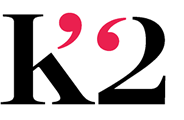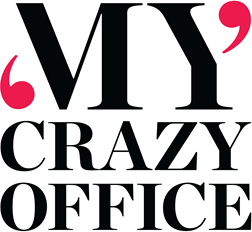In this age of multi-tasking, multi-texting, multi-platforms and constant responding, it can be very difficult to feel a sense of accomplishment at the end of a work day.
Each day may require that you attend several meetings, respond to hundreds of emails, juggle many projects.
One way to help yourself get organized is to simply decide on ONE THING that you need to accomplish each day. Pick one thing — it could be a sales pitch you need to finish or an important email that you want to send. It could be a call you’ve been meaning to make, or a design you want to refine.
Focus on and complete one thing — It will help the rest of your day fall into place. And it will satisfy that part of your mind that needs to see results.
Try it. Pick one thing. Complete it. Check it off the list. Then see how you feel.



Looking to advertise with us?
We have sponsorships available on the My Crazy Office Podcast.
Please email us at info@mycrazyoffice.co.